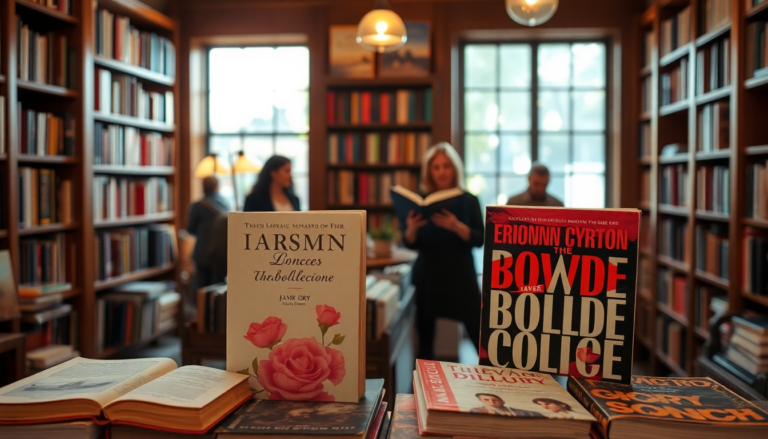Argomenti trattati
The changing face of romance literature
In recent years, the romance novel genre has undergone a significant transformation, moving from sweet, heartfelt stories to narratives heavily laced with explicit content. This shift can be attributed to various factors, including the influence of social media platforms like BookTok, where virality often hinges on sensationalism. Readers are increasingly drawn to stories that push boundaries, often at the expense of character development and plot depth.
Many authors, once celebrated for their ability to weave charming tales with relatable characters, now feel pressured to include steamy scenes to capture audience attention. This phenomenon raises questions about the essence of romance literature and what readers truly seek in their reading experience. Are we losing the heart of romance in favor of mere titillation?
Character development in romance: a lost art?
One of the most striking criticisms of contemporary romance novels is the apparent decline in character development. Readers have noted that many recent titles feature protagonists whose primary focus seems to revolve around sexual encounters rather than emotional connections. This trend can lead to a disconnect for readers who yearn for depth and relatability in their characters.
For instance, a popular recent release may introduce a socially awkward female lead who struggles with intimacy yet finds herself in a series of sexual escapades. While the intention may be to portray her journey toward empowerment, the execution often falls flat, reducing her to a caricature of modern feminism rather than a fully realized character. This lack of nuance can leave readers feeling unsatisfied, craving more than just a physical connection.
The rise of explicit content: a double-edged sword
The rise of explicit content in romance novels can be seen as both a reflection of changing societal norms and a response to market demands. As discussions around sexuality become more open and inclusive, authors are exploring themes that were once considered taboo. However, this exploration often comes with the risk of overshadowing the emotional and romantic aspects that originally defined the genre.
In many cases, explicit scenes take precedence over meaningful dialogue or character interactions, leading to a narrative that feels hollow. Readers may find themselves uncomfortable with characters that lack chemistry or authenticity, often questioning whether the relationship is rooted in genuine connection or merely physical attraction. The challenge for modern romance authors is to strike a balance between steamy content and substance.
What readers want: a return to authenticity?
Amidst this evolution, a growing segment of readers is yearning for a return to the authenticity and charm that characterized earlier romance novels. Fans of the genre often reminisce about stories that prioritized character development and emotional depth, where love stories unfolded gradually, with tension building over time. Such narratives allowed readers to invest in the characters’ journeys, creating a more rewarding experience.
This desire for authenticity has prompted some authors to resist the pressure to conform to industry trends, opting instead to craft stories that reflect their unique voices and perspectives. By focusing on character-driven plots, these writers aim to capture the essence of romance in a way that resonates with readers on a deeper level. As a result, some contemporary novels are emerging that blend steamy moments with well-rounded characters and cohesive storylines.
As the romance genre continues to evolve, it faces a crucial crossroads. Authors must navigate the tension between market demands for explicit content and the need for relatable characters and compelling narratives. The challenge lies in finding a balance that satisfies both industry expectations and readers’ desires for genuine emotional connections.
Ultimately, the future of romance novels may depend on the willingness of authors to embrace their unique storytelling styles while also considering the shifting landscape of reader preferences. By prioritizing authenticity and depth, writers can contribute to a renaissance in romance literature that celebrates both steamy encounters and the heartwarming connections that define true love stories.

